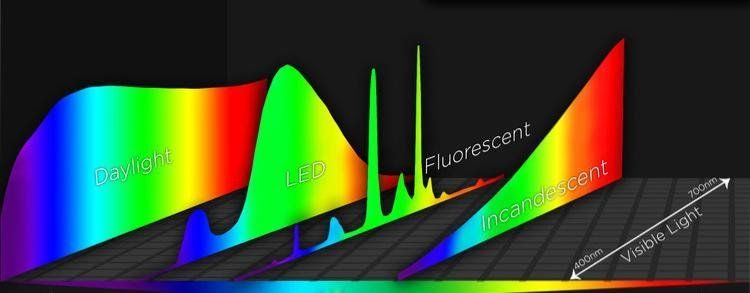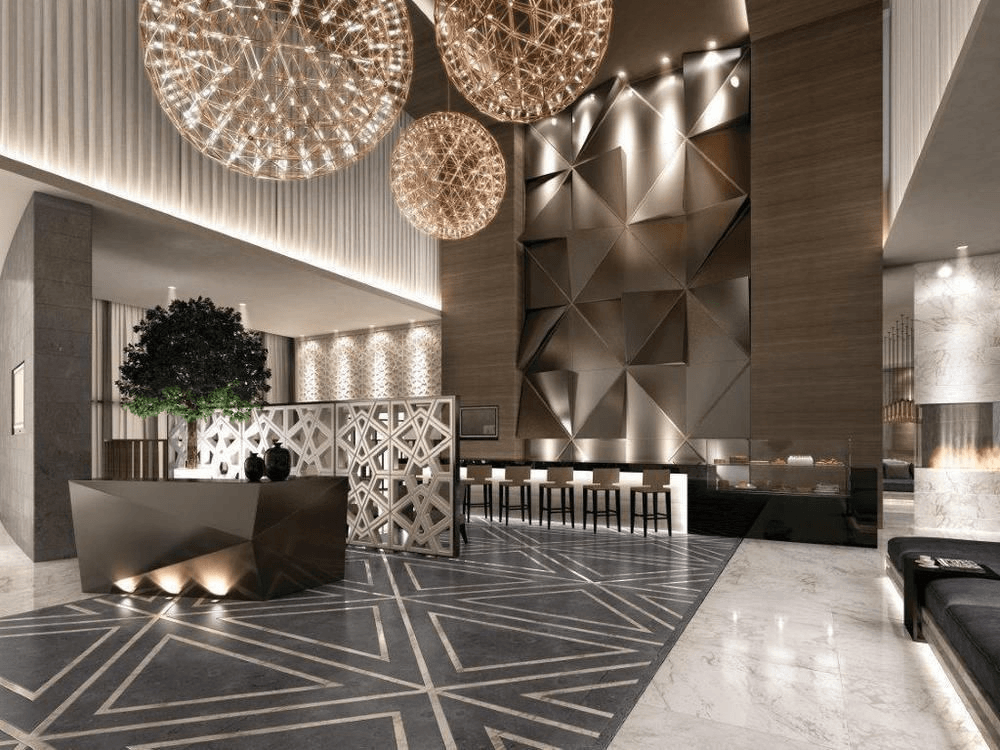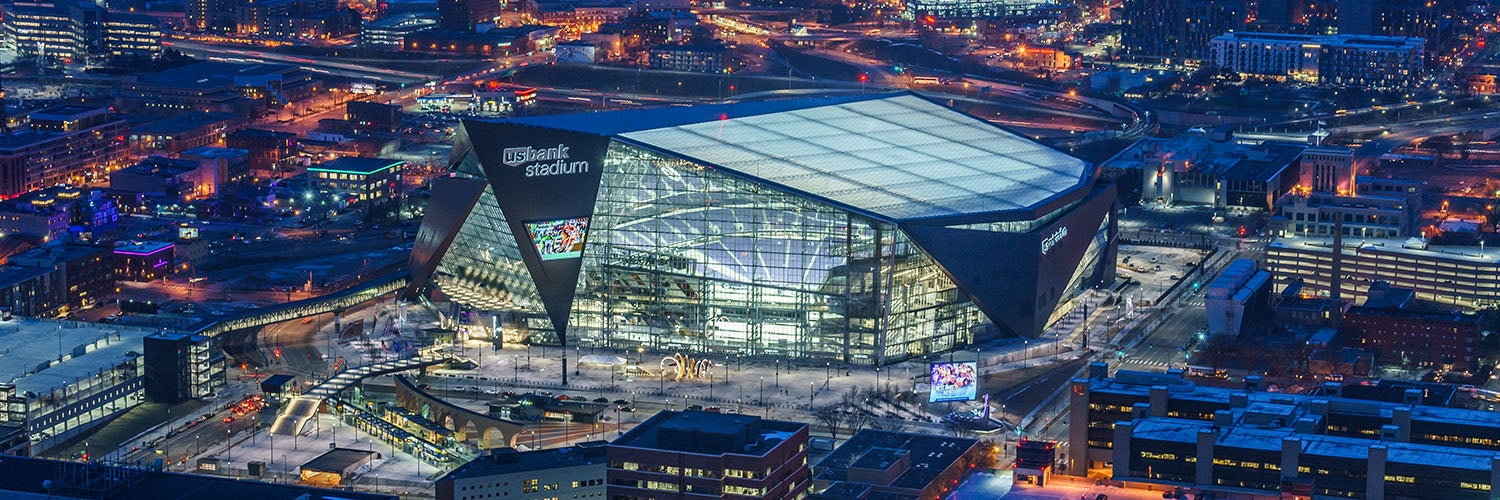Buying LEDs on a Shoestring: What You Need to Know
One of the main reasons (to avoid saying “excuses”) we hear about why someone hasn’t upgraded their home or business to LEDs is the higher up-front cost. It’s certainly easier to just keep buying the old lighting that you’re used to. In most cases it’s cheaper to buy the incandescent or fluorescent bulbs but it’s not cheaper to run them. Still, it’s harder to see the savings long-term. Sometimes those purse strings are pulled just a little too tightly and overhead is a set cost.
As we discussed in this article, it’s rarely if ever a good idea to put off an upgrade to LEDs. Still, we understand that it’s not always possible to update every fixture to LED all at once. So, if it’s a question of a phased roll-out, where do you start?
Before you jump into any major renovations, there are a few key factors that contribute to your energy costs.
- Lighting energy (77%)
- HVAC energy (8%)
- Labor to maintain (11%)
- Replacement materials (3%)
- Recycling (1%)
Obviously these percentages may vary depending on your location and specifics of your space, but this is a good baseline for comparison. It’s tempting to find the lowest priced product on the market when looking at the expense of retrofitting an entire building. It’s good to be careful, however. As with anything, prices that seem too good to be true likely are. Inexpensive product can also often mean cheap product that will give out quickly or in some cases refuse to work right out of the box. HardWire’s LED retrofit upgrades all come with a 5-year industry-leading warranty. If something goes wrong with any lights we installed, we’ll make it right.
Once you’ve decided to upgrade to LED, where do you start upgrading your lighting? Our recommendation is that you start with any fixtures that are still using incandescent or halogen lights first. The retrofit from incandescent or halogen to LED gives you the biggest energy savings and almost always the fastest return on investment. If you’re using linear or compact fluorescent lighting anywhere in your building, your lighting is already fairly efficient, especially when compared with incandescent or halogen lighting.
Once you’ve replaced those energy-hungry incandescents, it’s time to focus on the products that seem to be constantly burning out. It’s likely you’ll find that these are commonly the same fixtures. Incandescents and halogens have much shorter lifespans compared to LEDs or even CFLs and while inexpensive, you’ll continue to purchase many more of them and potentially incur labor costs to replace them. Most of HardWire’s LED lamps have an expected lifespan of 20+ years, and others are expected to last more than 30 years.
Compare that to an incandescent that may need to be replaced multiple times in a single year and you start to get an idea of the mounting costs of traditional light sources.
Energy alone comprises at least 77 percent of the cost of your lighting (and as much as 85 percent if you’re located in a coastal, high-utility-cost region). Labor to change burned-out products, on average, is about 11 percent of the total cost of your lighting.
The next target for your retrofit would be any places where you have lights on around the clock. This doesn’t commonly happen in residential settings (unless we’re talking multi-family buildings), but commercial and industrial spaces often have at least a few areas that need to be illuminated all the time regardless of whether people are actively using them or not. Consider parking garages, stairwells, lobbies, and other common areas. Not only does it look bad to have a few bulbs burned out in these areas, it can also be a safety concern. One way to quickly and efficiently minimize both eyesores and those safety concerns is to target those areas for LED upgrades as quickly as possible.
Areas that are difficult to maintain should be the next places on your list to upgrade to LED. If there are any areas that are difficult to reach or that require special equipment to change, upgrading to LED can significantly cut down on labor costs to replace those lamps. Consider a retail or hospitality environment where repairs and maintenance need to be done during off-hours. Not only are you incurring additional cost for these off-hours maintenance projects, potentially renting specialized equipment to carry out the replacement, but during the day you’re dealing with the eyesore (or potential safety hazard) of the burnt-out bulb. The maintenance savings afforded by switching these lights to LED, which you shouldn’t have to touch for years, should be reason enough to make the switch.
Some of these swaps are easy enough to do on your own around your home or for a small office where just the bulbs need to be replaced. When it comes to an entire apartment building, office complex, warehouse, hotel, restaurant, or even a factory, you’ll want a professional.
Contact us today for a free project consultation.





